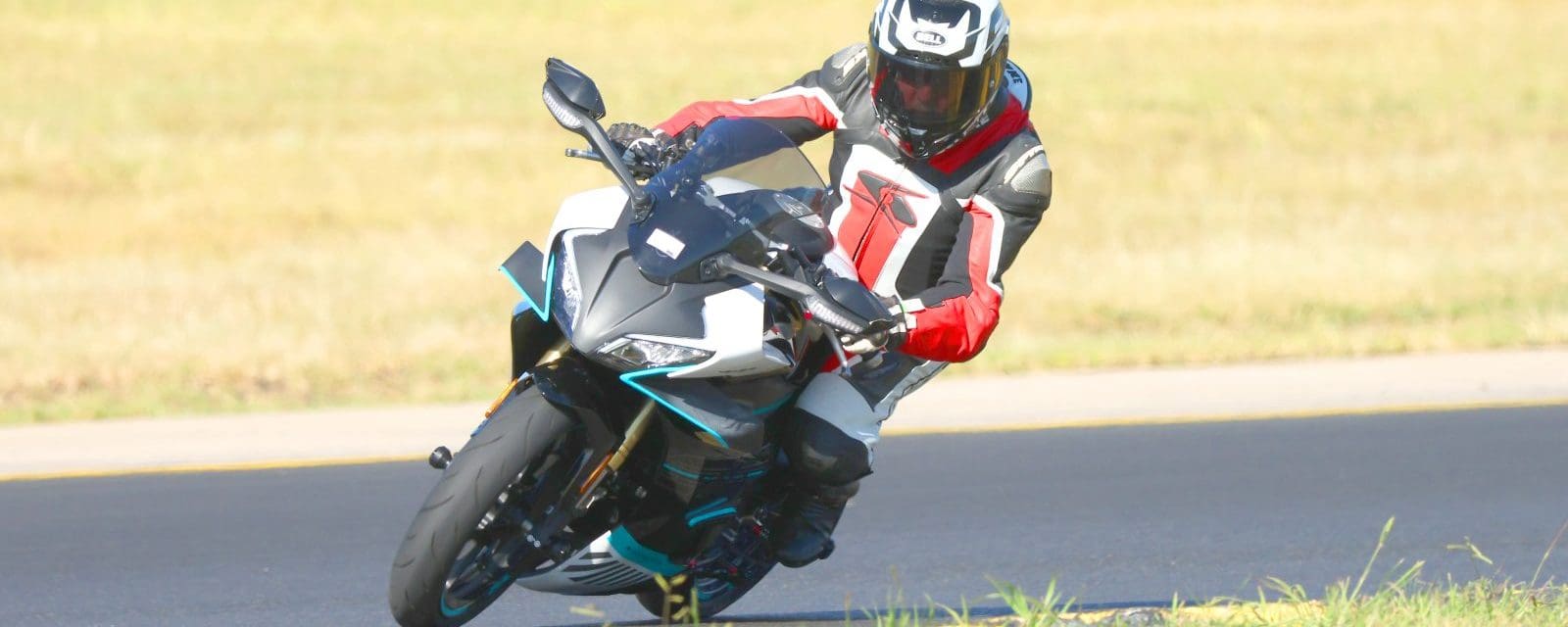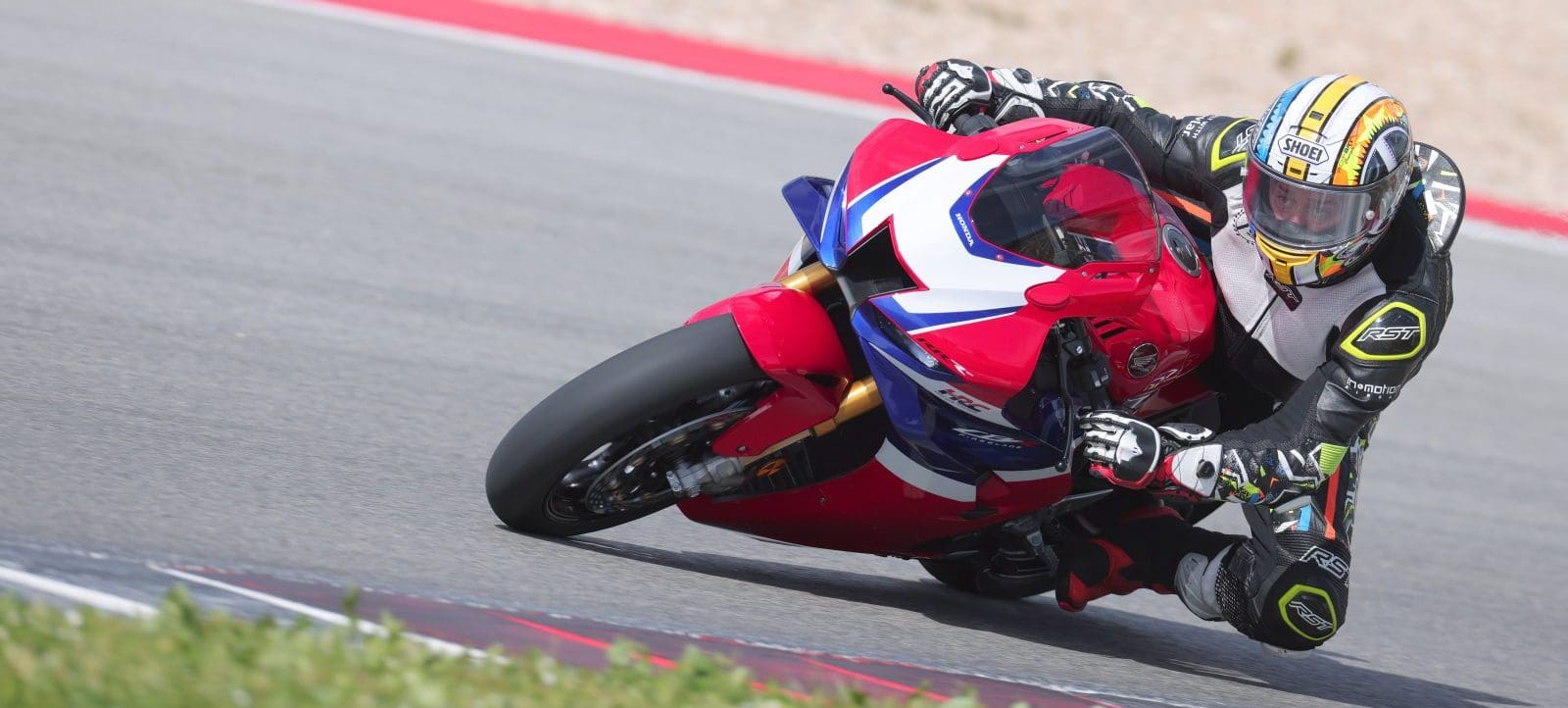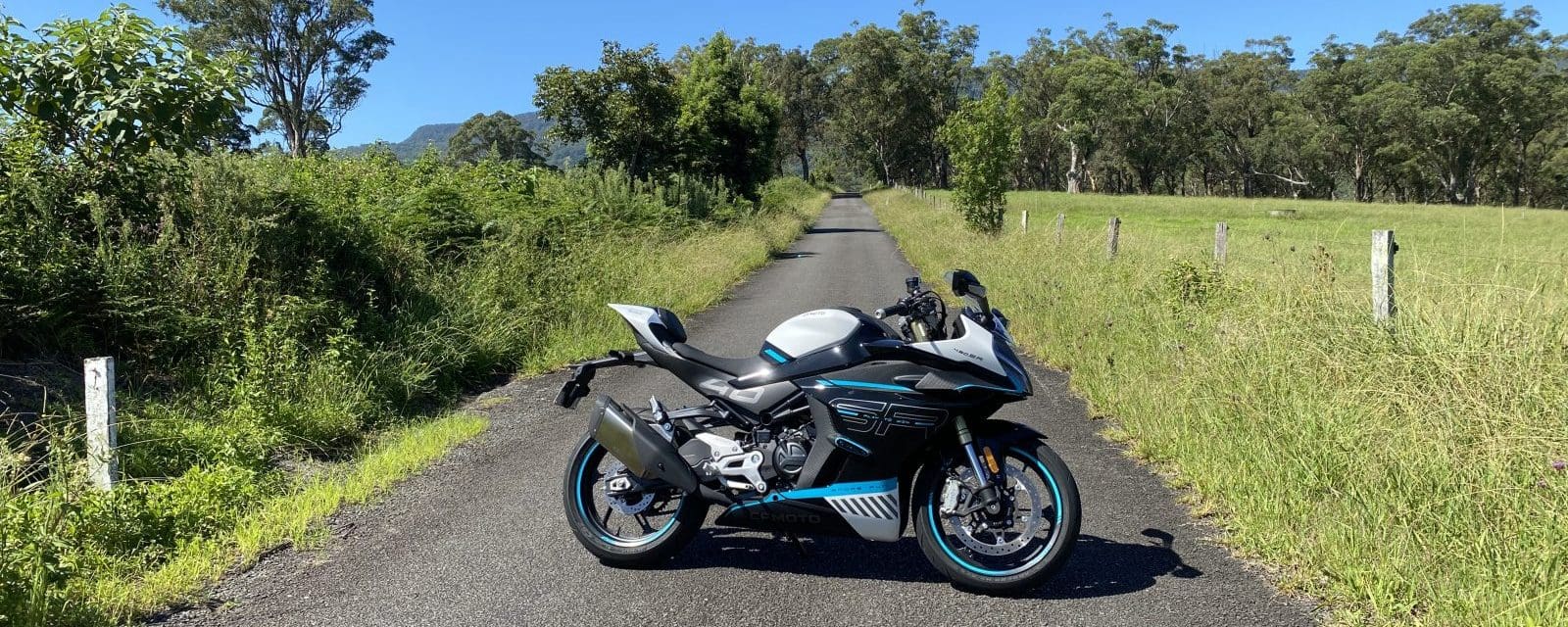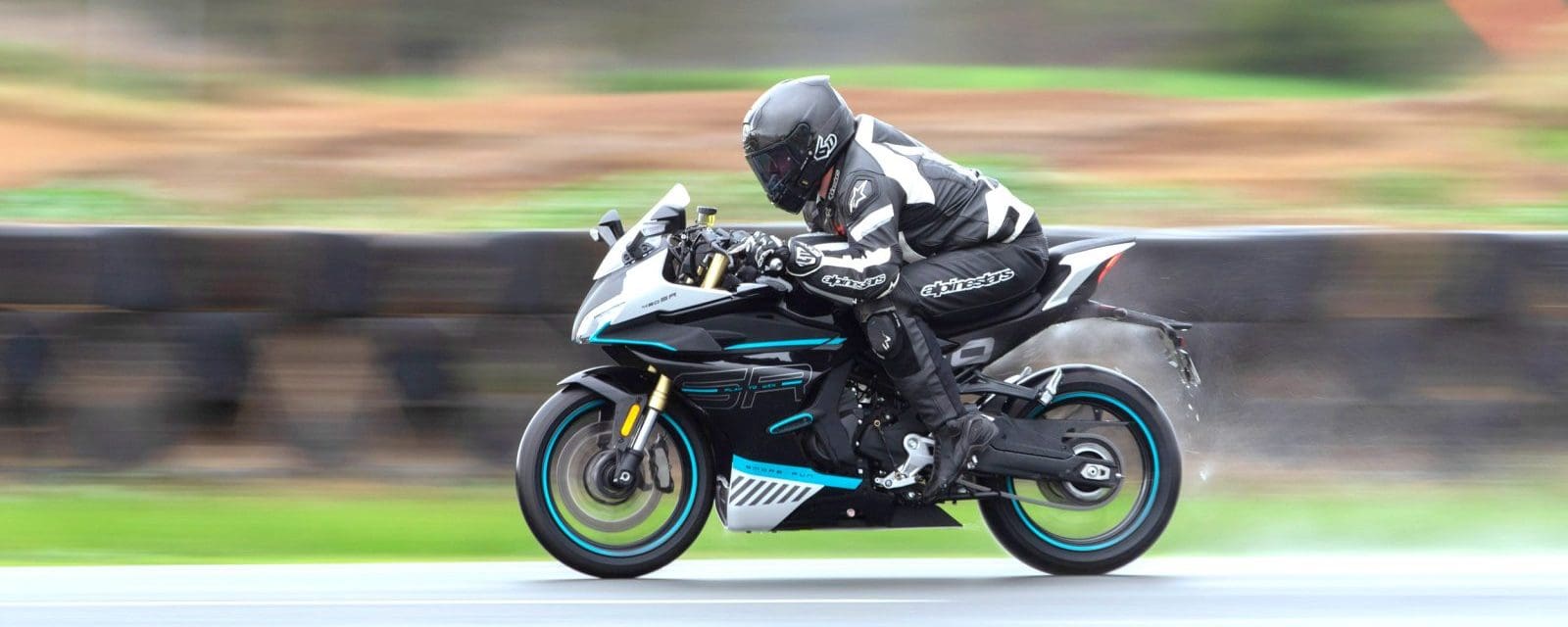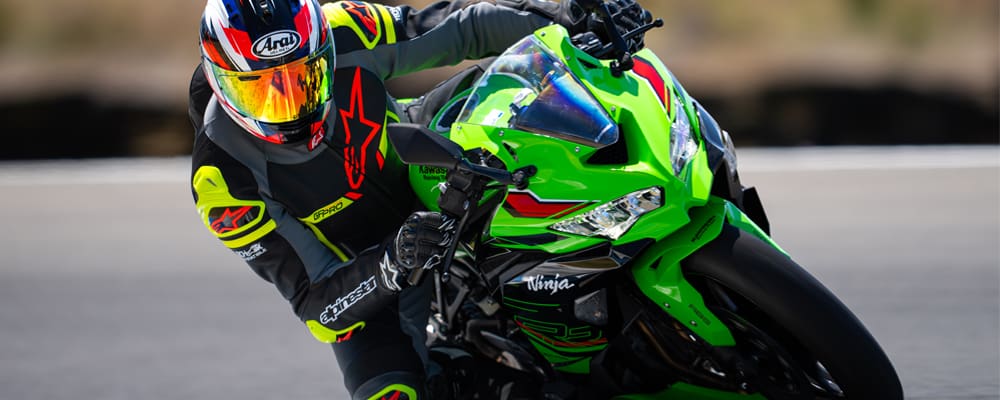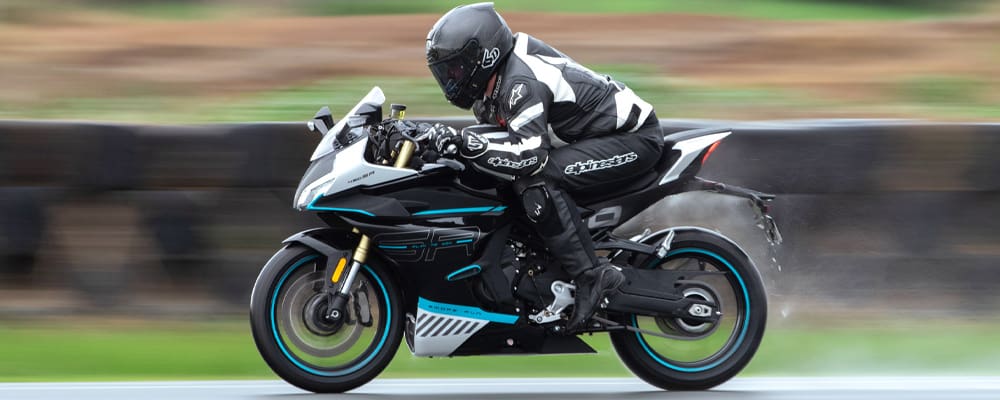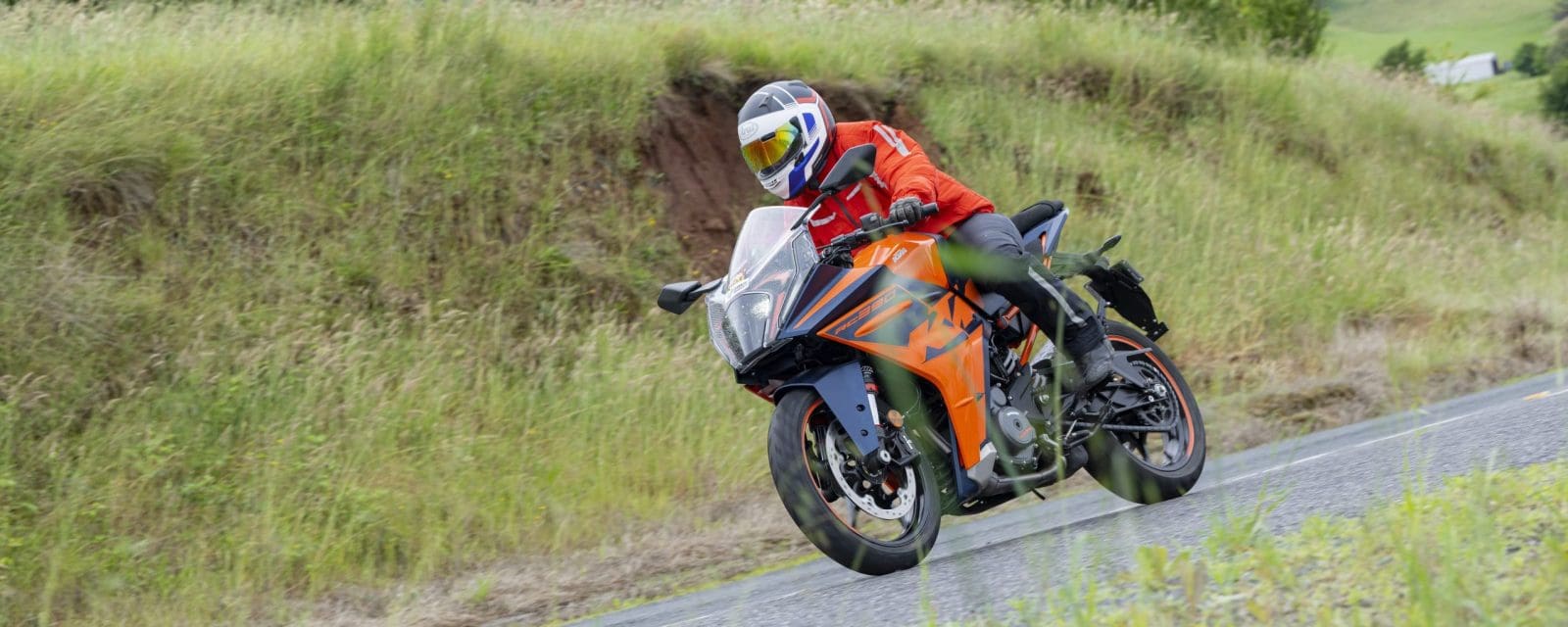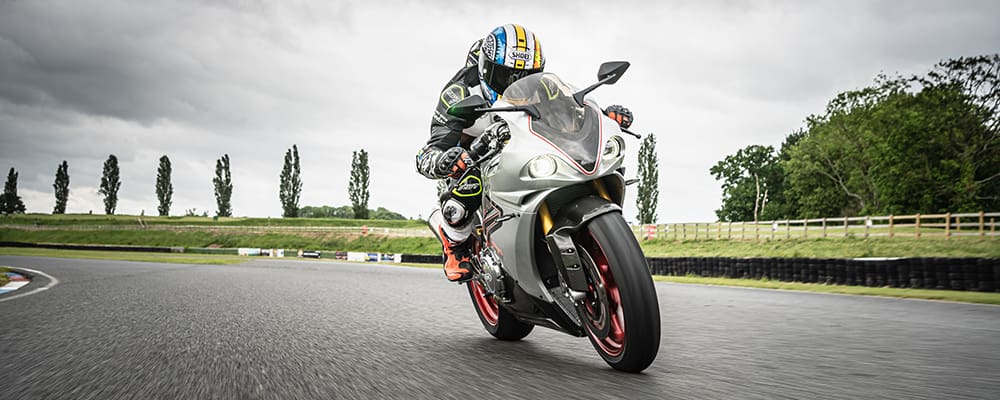Ah, the 90s. Or, as some call it, the naughties. A time of grunge music, Madonna getting her gear off and motorcycles with weird and wonderful colour schemes. It was a time when Kawasaki’s ZZ-R1100 was the king of speed, Honda’s Fireblade broke the superbike mould and Japanese manufacturers brought us 400cc race replicas with lights.
The likes of Honda’s CBR400RR and Kawasaki’s ZXR400 packed screaming four-cylinder engines into what was essentially a miniaturised superbike equipped with alloy frames as well as top-notch suspension and brakes. And, despite never officially being imported into this country by their respective manufacturers, these pocket rockets attracted legendary status from the folks that rolled on two wheels in the late 80s and 90s.
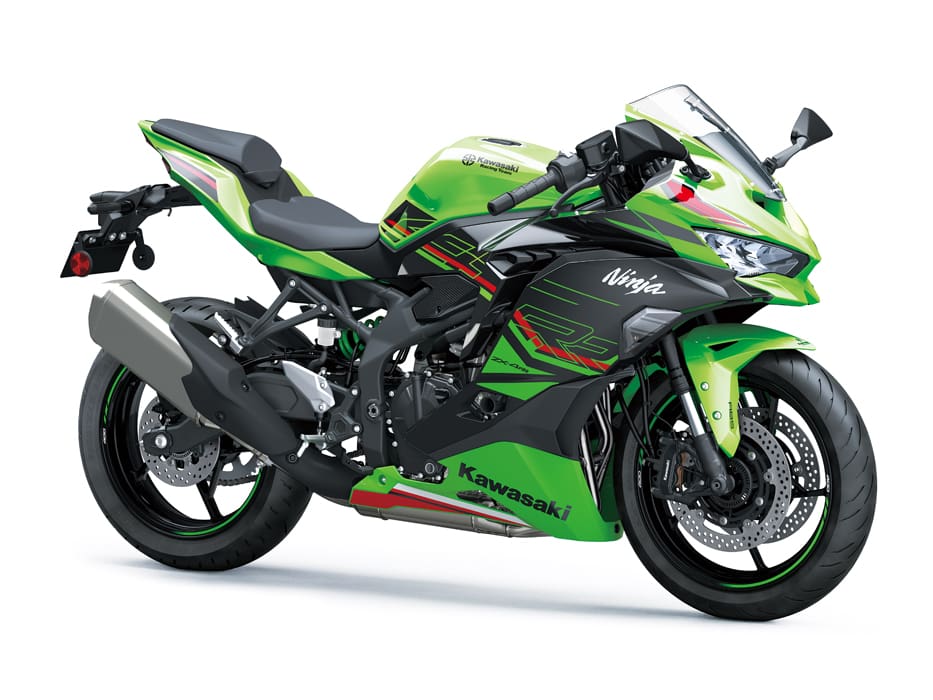
I spent lots of time on CBR, ZXR and FZR400s back in the late-90s and early-2000s when I worked for Red Baron Motorcycles, the leader of grey imports back then. So it was with fond memories and high hopes that I fronted up to Morgan Park Raceway in Queensland for the launch of Kawasaki’s new Ninja ZX-4RR four-cylinder screamer.

While the ZX-4R is a lower-spec machine void of a quickshifter, KRT graphics and adjustable suspension (though it does have preload-adjustable rear suspension), Kawasaki is only bringing it in in limited numbers. The main focus for this market is the higher-spec Ninja ZX-4RR, which is $1400 more expensive at $13,194 (plus on-road costs).
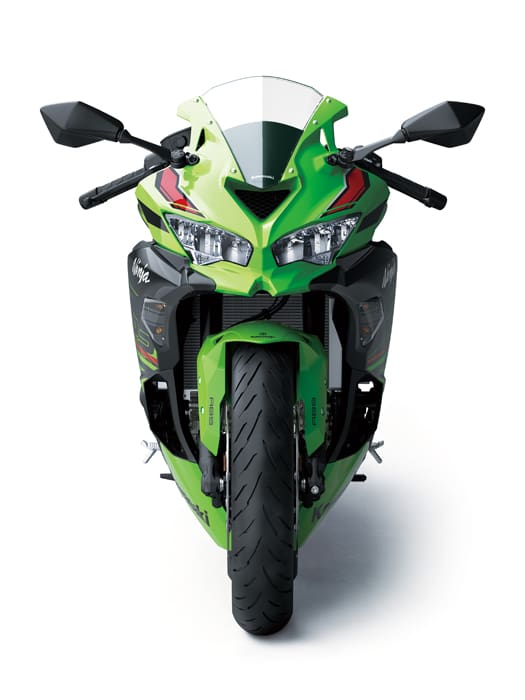
Gone are the aluminium spar frames of the old bikes. Both the Ninja ZX-4R and its higher-spec Ninja ZX-4RR sibling run a tubular-steel frame and steel swingarm. Not as high-tech but it keeps the costs down and, besides, these days a steel frame doesn’t translate to a bike with the handling manners of a frayed shoelace like it once did.
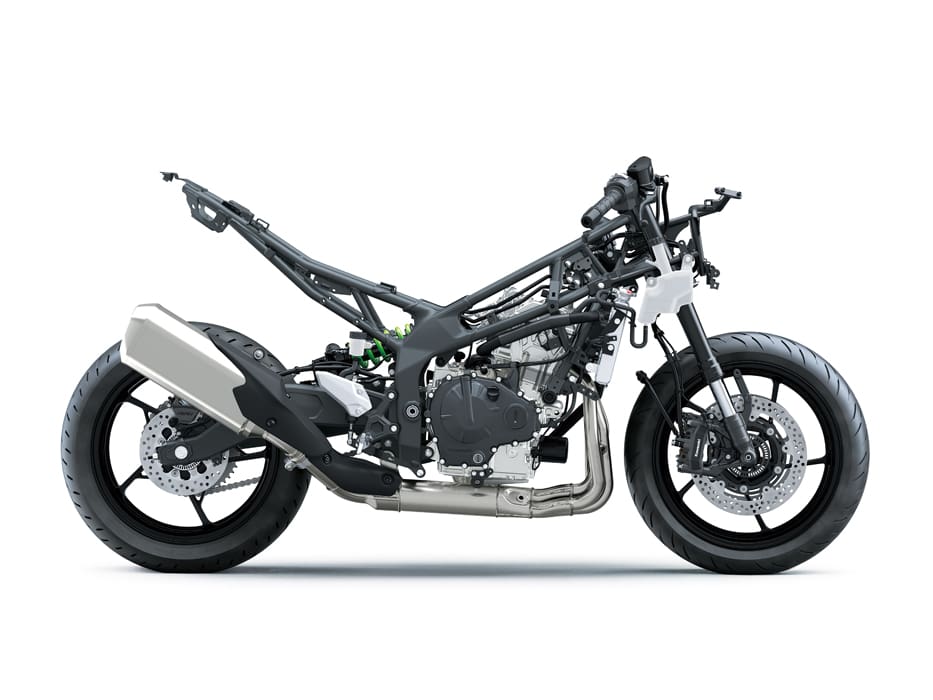
Nestled within the frame is a 399cc in-line four with 16 valves and a quartet of cast aluminium pistons tearing up and down the short-stroke aluminium diecast cylinders. Big K has gone to some lengths in all areas of the engine to reduce weight and mechanical loss so that the little four can spin up quickly.
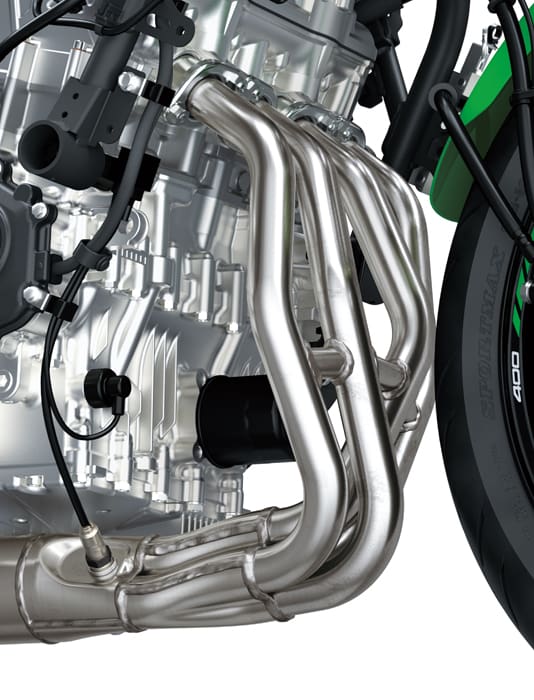
And spin up it does. The ZX-4 stays true to the screaming 400cc ethos of yesteryear and if you plan on cruising around using the engine’s torque, you’ll miss the point of this bike altogether. You’ll be better off on Kawasaki’s parallel-twin Ninja 400. Because if you’re not giving the ZX-4 all the berries, all the time, and toying with its 16,000rpm ceiling, you will find it rather uninspiring.
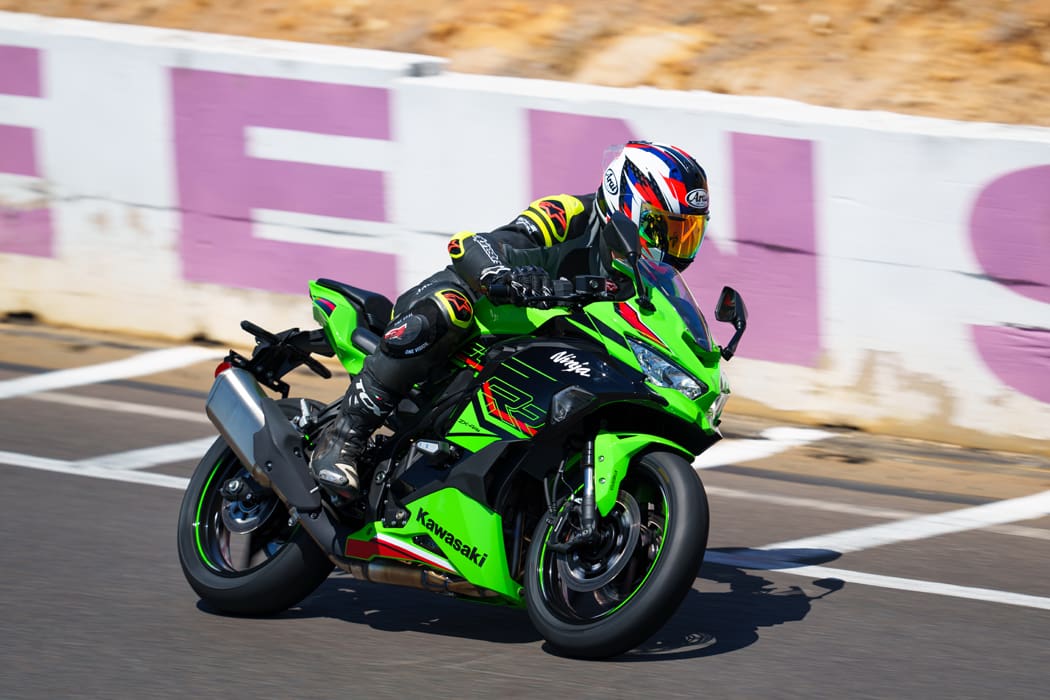
Peak power, with the help of Kawasaki’s Ram Air system, is a claimed 56.7kW (76hp), which is achieved at a peaky 14,500rpm. So yeah, if you want the most out of this engine keep it on the boil. Over 10,000rpm is where it’s at.

Max torque of 37.6Nm is delivered at 12,500rpm. To put that into perspective, Yamaha’s parallel-twin YZF-R7 has almost double the torque.

The upshot of all this is that the Ninja ZX-4RR isn’t a lazy rider’s bike, you’ll need to work to get the most from it and that, as far as I’m concerned, is one of the reasons it’s so fun to ride.
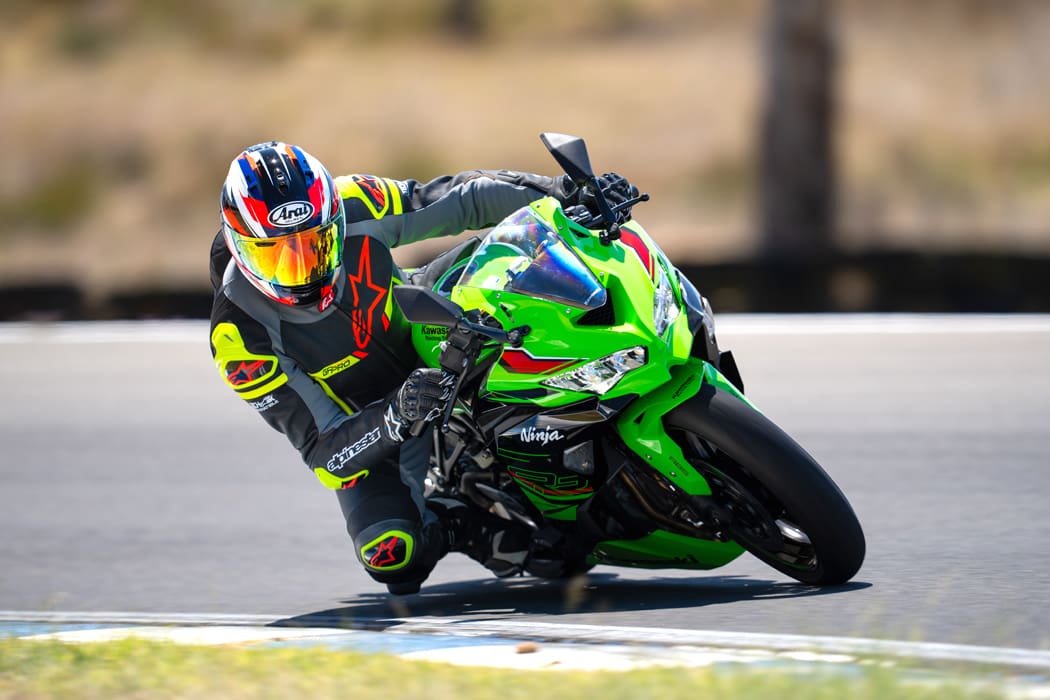
I had to relearn how to ride on my first few laps around Morgan Park Raceway. You can’t square off a corner and grunt out, but if you want to rip out a decent lap time you really need to focus on corner speed. There were a few corners where I reverted back to a big-bore style and paid the price with a ZX low on revs and low on exit speed.
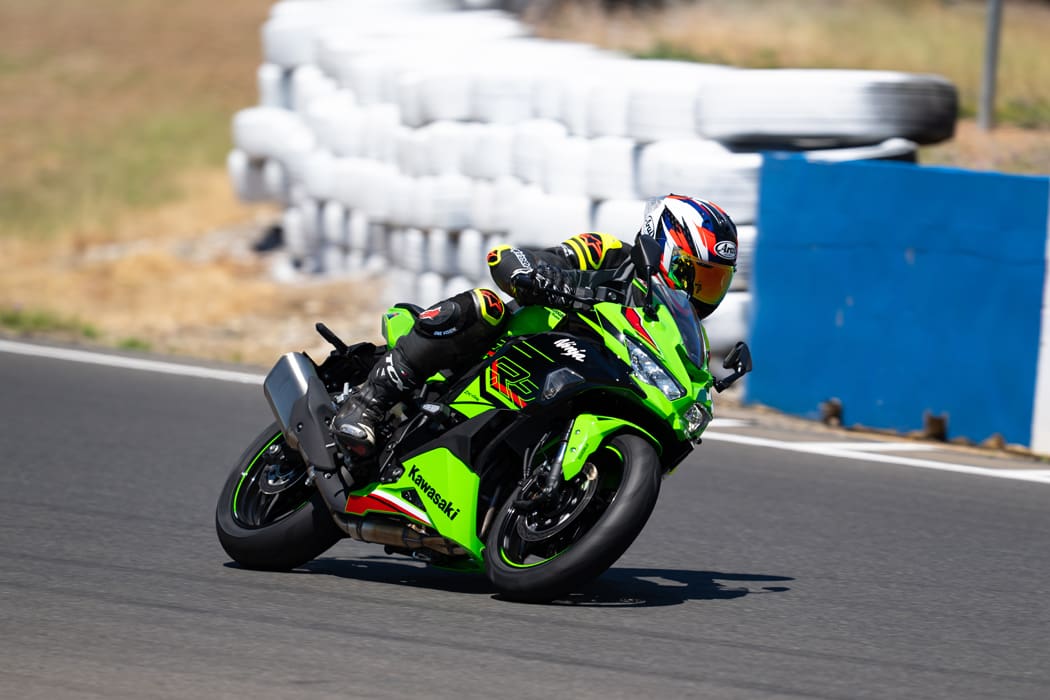
The other aspect I had to focus on was my throttle application. When you’re on a bike that has an engine with a low reciprocating mass, and it’s revving its freckle off, you need to be smooth with the twist grip.
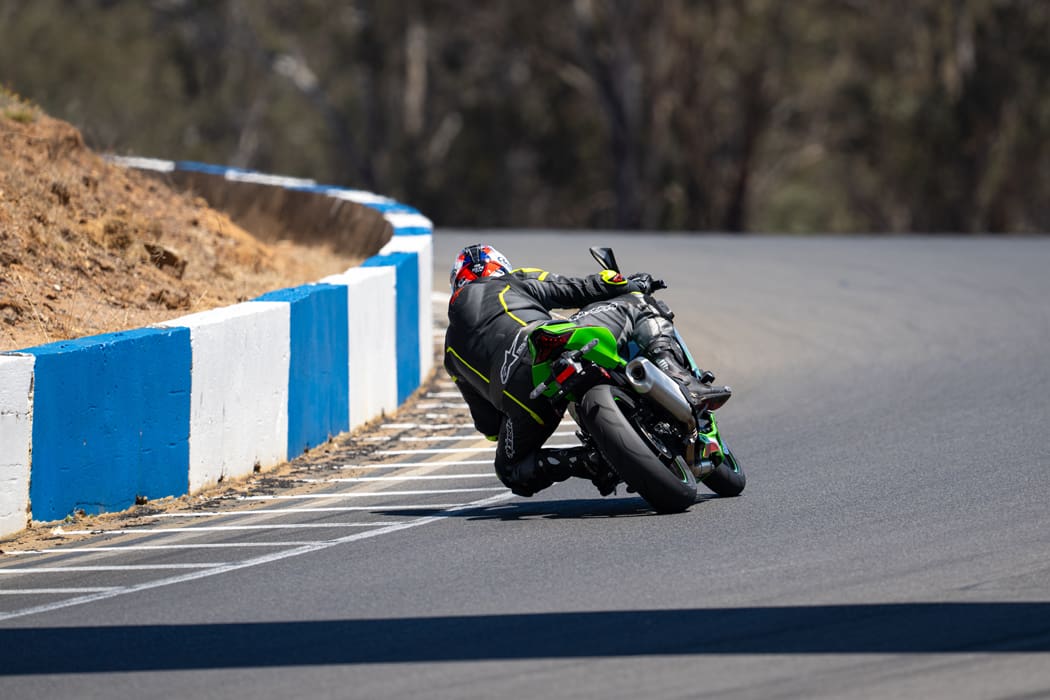
If you’re not a geriatric like me and weren’t around when inline fours were screaming around the streets and circuits, there’s a reason why they were called screamers. It’s more of a wail actually but the sound a small-bore four cylinder makes on the pipe is a thing of aural beauty. The Ninja ZX-4RR is quiet when you’re doodling along but as the revs build, you’re rewarded by both the engine note and induction noise from the ram-air system.
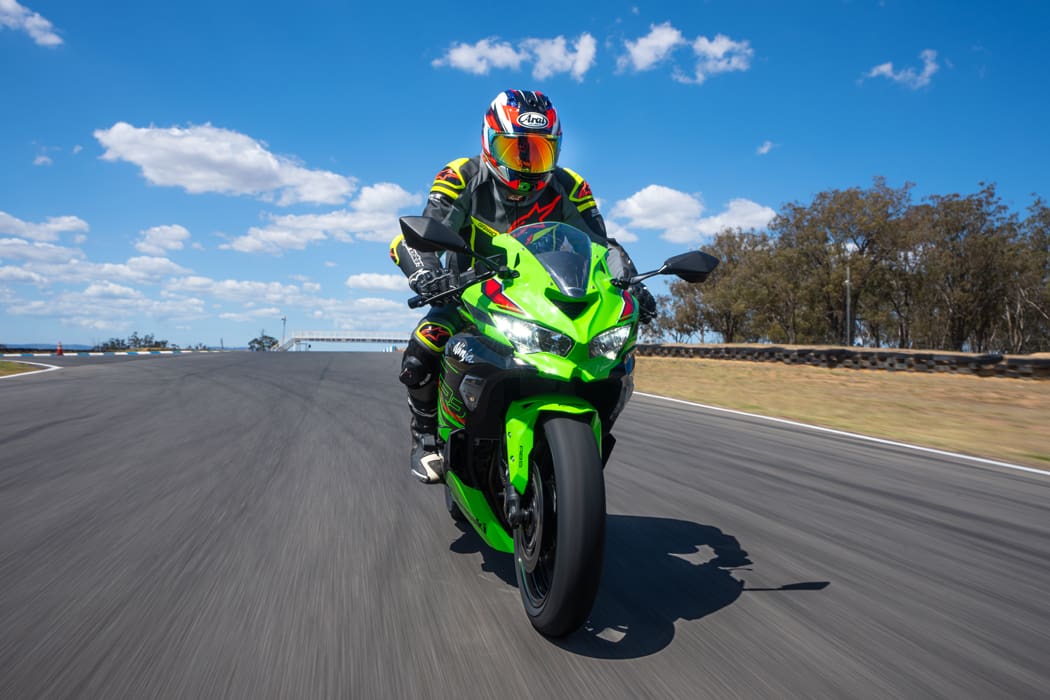
Helping you keep the ZX-4RR spinning up is a quickshifter-assisted six-speed gearbox with a slipper clutch to keep the bum in line. Shifting through the ’box is good rather than great but with just 44km on the speedo when I hit the track it would probably feel better with more kilometres under its wheels.

So, the engine stays true to the screaming 400 ideal but what about the chassis? The ZX-4RR isn’t as narrow focused as the race replicas of the day were, but it still hauls arse around a circuit, and it is so much more civilised than those old machines.

The RR is equipped with a 37mm SFF-BP fork (Separate Function Fork – Big Piston) with spring preload adjustability. On the rear, you’ll find a horizontal backlink, BFRC lite shock similiar to what you’ll find on Kawasaki’s ZX-10R, which offers compression, rebound damping and
preload adjustment.

Even with my 110kg frame on it, around the track the RR is a sterling handler. It steers quickly while being relatively stable and is simply a breeze to punt through a set of corners. And all without the intimidating power of an open-class machine, meaning you can set about carving corners without having to worry about nasty highsides or holding on for dear life.
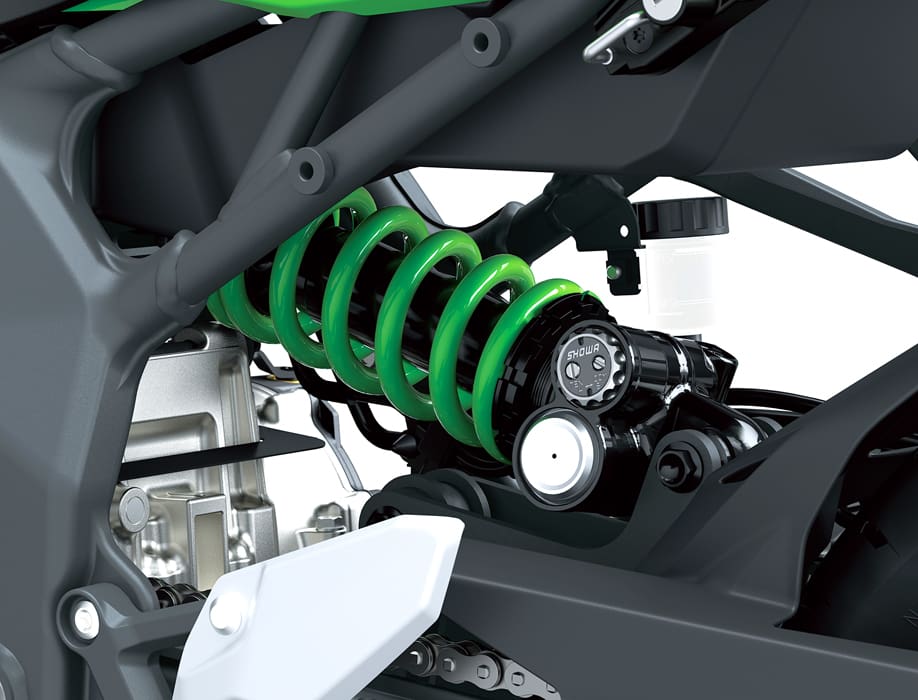
As well as a host of other electronics on board, the RR is equipped with adjustable traction control, which can be disabled. I rode the first few sessions with TC on and the light did flash me a few times so it’s doing its thing, but apart from the light you wouldn’t know – it’s very unintrusive. I flicked the TC off for the last few sessions without issue and unless it’s wet, you wonder if it’s really required on a bike with this much power.

The riding position is sporty without being brutal and the cockpit is surprisingly roomy and easy to move around in. It’s sportier than a Ninja 400, but not a full race crouch like a ZX-10R.
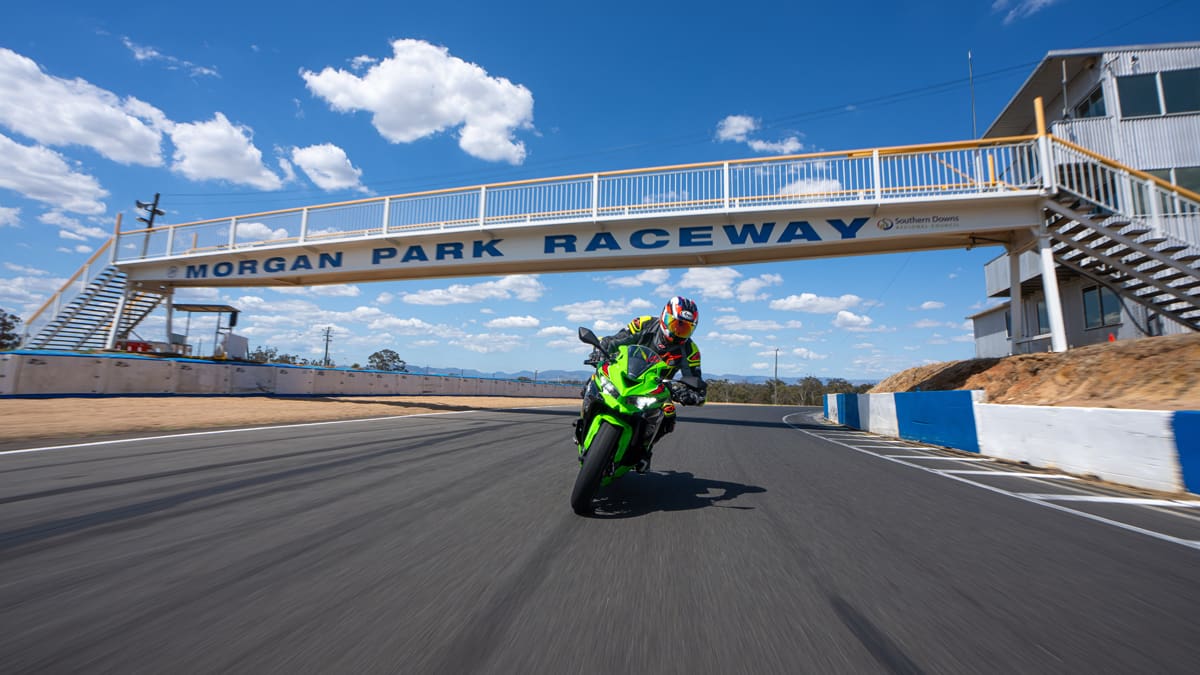
The RR runs Kawasaki-branded radial calipers on the front matched to a set of 290mm semi-floating discs, while at the rear you’ll find a 220mm rear disc and single-piston caliper. There’s not a whole heap to say about the braking package other than it’s more than you need to pull up a bike of this calibre, with masses of power in a fade-free package. The initial bite from the front isn’t stunning, but that would improve with more time and kilometres.
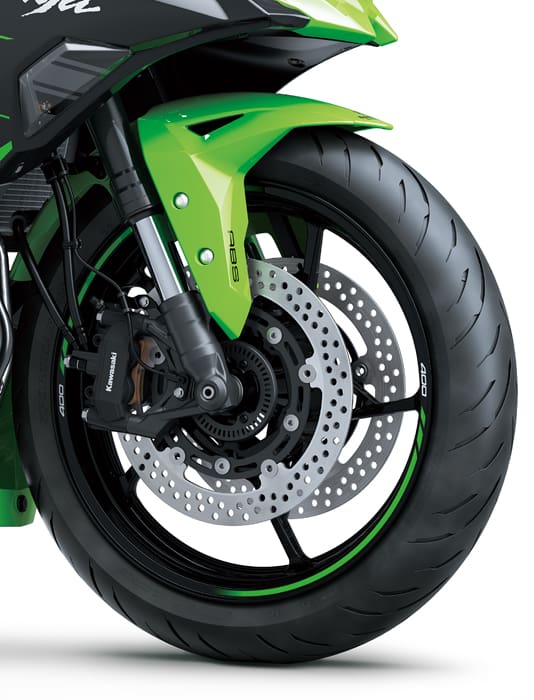
There’s a suite of electronics available via the 4.3-inch TFT dash. In addition to traction control, which has three levels of intervention, the RR is also equipped with two power modes – full and low – and four ride modes (Sport, Road, Rain and Rider). You can also switch off the quickshifter and, of course, there’s ABS, which can’t be switched off. The menu is accessed by pushing the two lower buttons on the TFT so you won’t be changing settings on the fly.
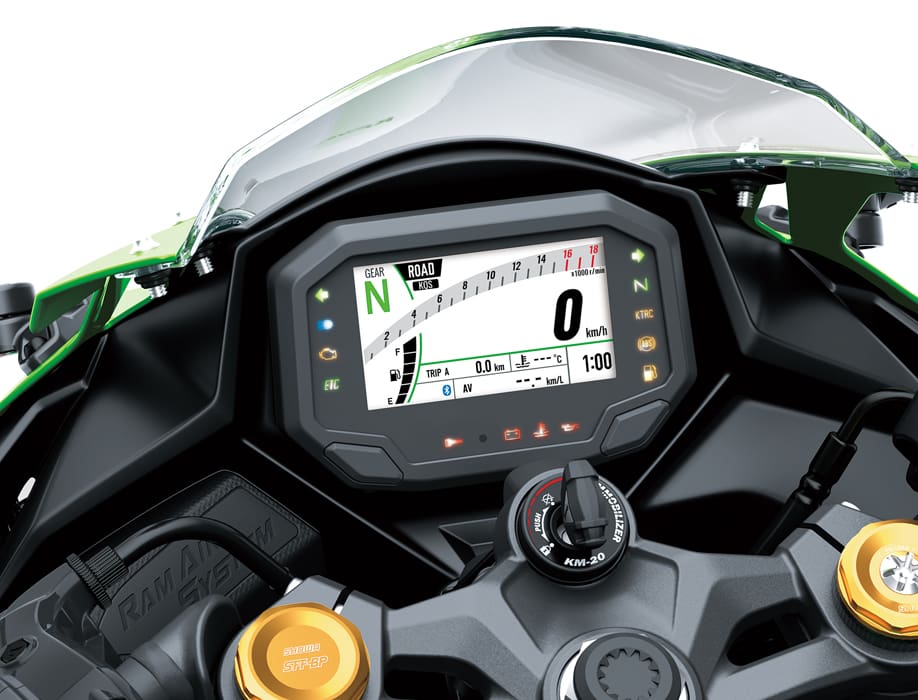
As well as a run-of-the-mill display that shows you more info than you could ever need, there’s also a circuit mode that whacks a laptimer front and centre of the display so you can see how fast you are or aren’t. The dash also offers smartphone connectivity via Kawasaki’s Rideology app where you can check your bike’s vital stats, change settings and check out your past rides and routes.

Last but not least let’s talk weight. Of all the very positive talk on our digital channels when we announced the ZX-4, there was an exception when it came to discussions about weight. The last of Kawasaki’s ZXR400 screamers had a claimed dry weight of around 160kg, the ZX-4RR a theoretic dry weight of around 172kg (188kg, kerb), so, yes, the old ZXR was a little lighter. However, the ZXR had around 44kW (59hp) of power on tap whereas the RR has 56.7kW available, so it offers around 25 percent more power and roughly 8 percent more weight. Sounds pretty good to me.
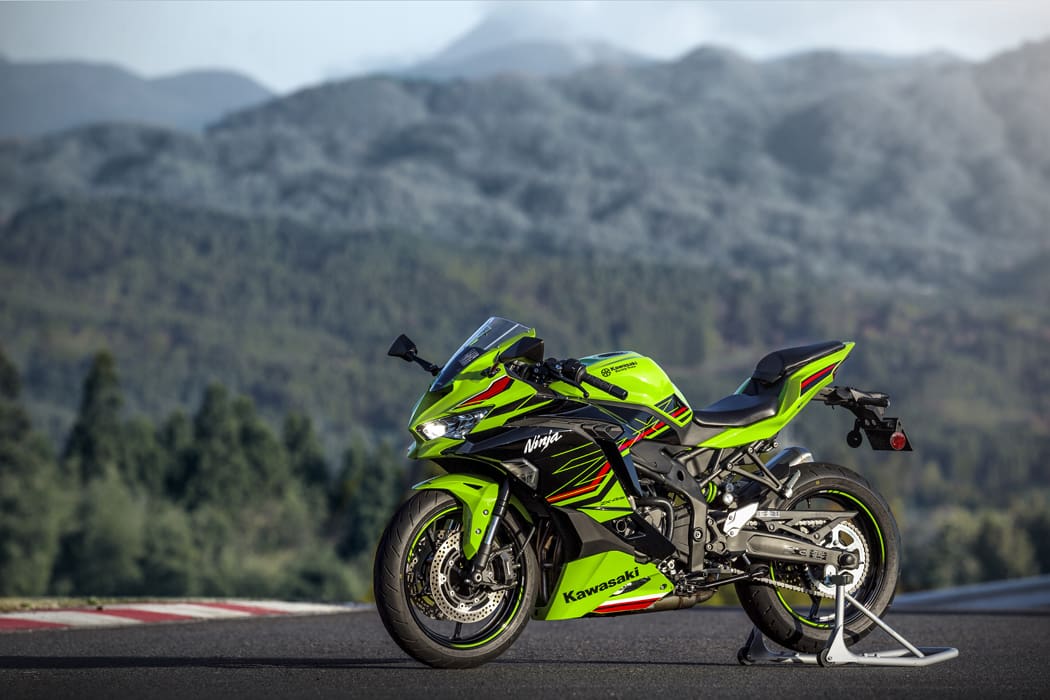
I could also prattle on about how the RR has a 15-litre fuel capacity, an 800mm seat height and Dunlop GPR300 rubber but who really cares? To hell with the details, I reckon the RR’s destiny lies on the track and racing your mates, just like the ZXR400. The Ninja ZX-4RR has one thing on its program and that’s riding it like you stole it.

But is that enough to get it over the line with a good number of riders? With a price tag of just under $15,000 (ride away) depending on where you live, it’s only a couple of grand less expensive than Kawasaki’s ZX-6R. It’s also not LAMS-approved so Kawasaki is going to need to convince riders on an unrestricted licence that a 399cc motorcycle is a better option than a big bike.

Having said that, riders who don’t want to chew through tyres, want a sub-$15k bike that can handle a trackday, or are simply on a nostalgia trip, might just lap them up.
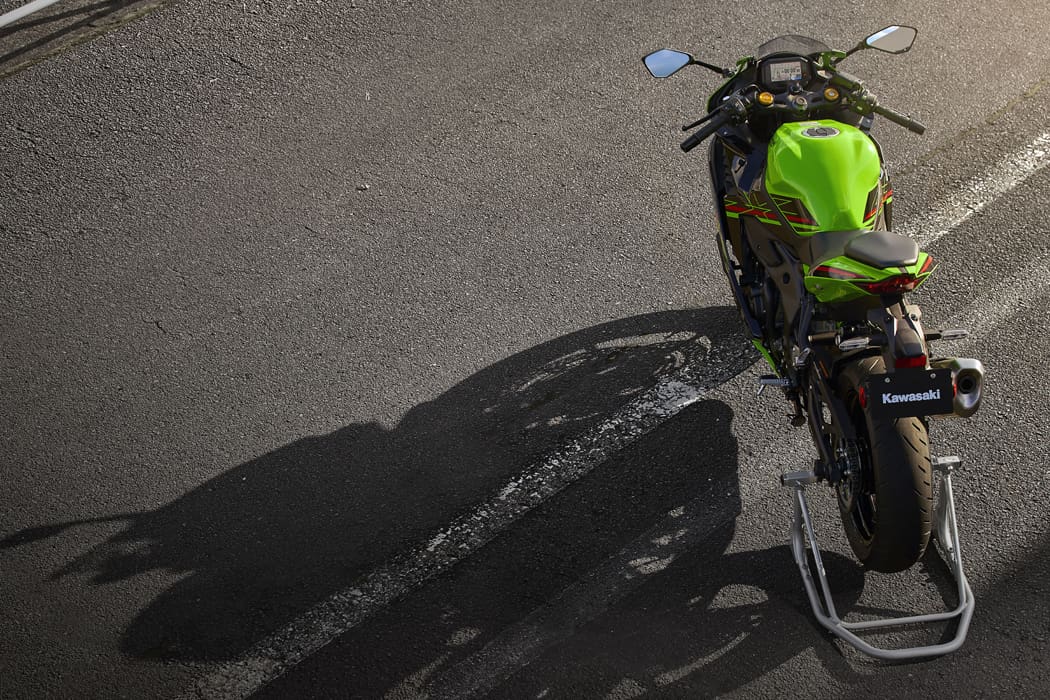
Either way, I admire Kawasaki for having the front to bring back the 400cc inline four when the rest of the planet keeps churning out a million different flavours of the trusty parallel twin.
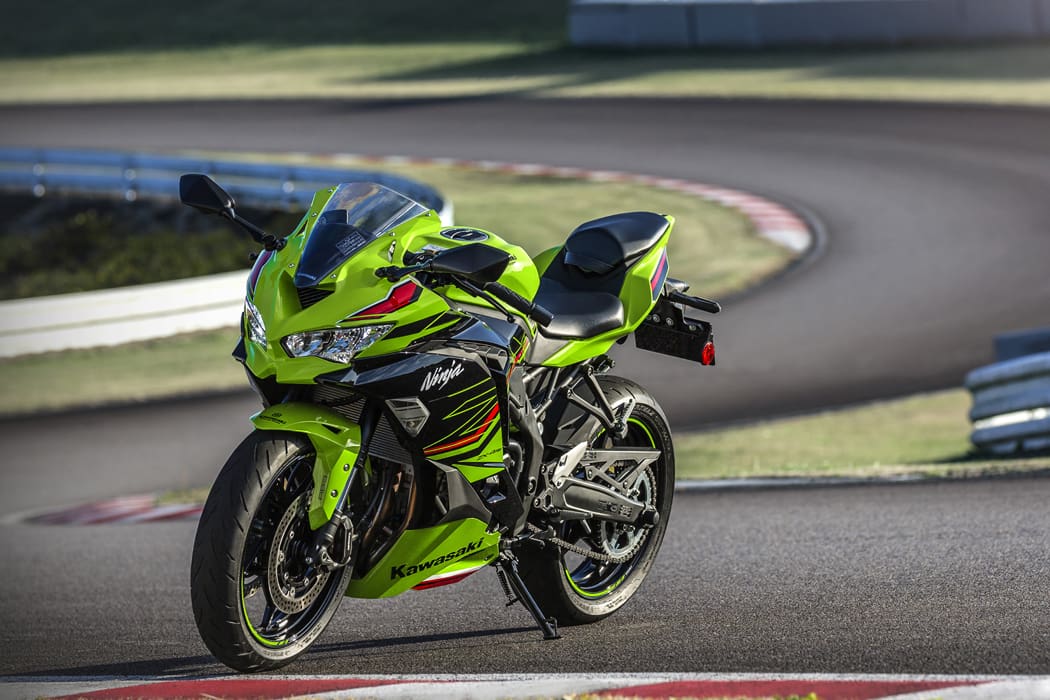
Nice one Big K.

TEST: PETE VORST PHOTOGRAPHY MOTOTHING



